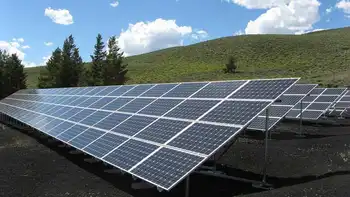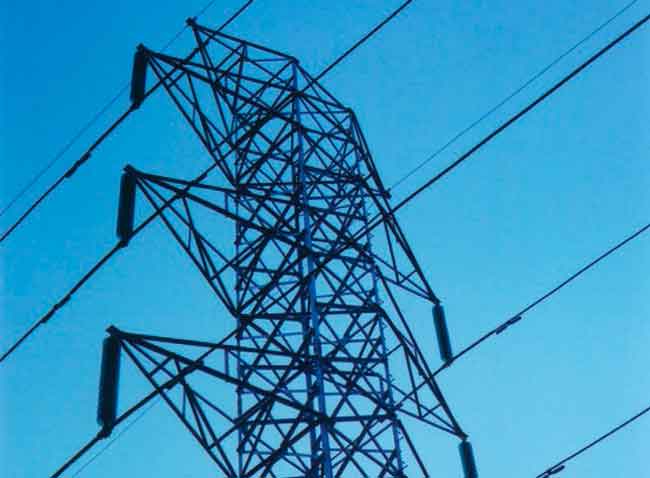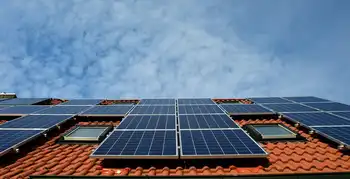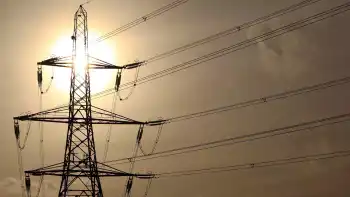Solar augmentation projects target NG, coal generation
Tri-State Generation & Transmission Association, Inc., Progress Energy and Southern Company are participating in the project. The case study analyses will be performed by WorleyParsons Group, Inc.
Both this project, and a parallel study launched in October, 2008 at natural gas-fueled facilities, involve adding steam generated by a solar thermal field to a conventional fossil fuel-powered steam cycle to offset some of the fuel required to generate electric power. As part of the coal project, case studies will be conducted at Tri-StateÂ’s 245-megawatt (MW) Escalante Generating Station in Prewitt, NM and at Progress EnergyÂ’s 742-MW Mayo Plant in Roxboro, North Carolina.
“These projects will demonstrate a near-term and cost-effective way to use large amounts of solar energy at commercial scale to provide clean electric power,” said Dr. Bryan Hannegan, vice president of Generation and Environment at EPRI. “These ‘hybrid power plants’ will combine the low-cost reliability of existing fossil power plants with the environmental benefit of renewables, and help companies meet federal and state mandates to reduce their emissions of air pollutants and greenhouse gases with renewable energy.”
The projects will provide a conceptual design study and two detailed case studies. Design options to retrofit existing plants will be analyzed and new plant design options will be identified. EPRI will rely on its expertise in solar technologies, steam cycles, and plant operation, as well as past solar and fossil plant studies. EPRI holds two patents in solar steam cycle optimization.
“We’re pleased to have the opportunity to partner with EPRI on this project and we are eager to learn more about the potential of this breakthrough technology that could further advance the efficiencies at one of our existing generating facilities,” said Ken Anderson, executive vice president and general manager at Tri-State.
“Supporting the research and development of new technologies is an important part of Progress Energy’s commitment to encouraging and developing renewable energy that can make our plants and our world even cleaner and more efficient,” said Dr. Michael Reid, director of Strategic Engineering at Progress Energy. “Our goal is for the project to provide the foundation that will enable us to increase our use of renewable energy in the generation of reliable electricity, while improving efficiency and reducing emissions.”
Currently, 27 states in the U.S. have enacted renewable portfolio standard (RPS) policies. Some include specific mandates that a percentage of the requirement be met with solar energy. However, most current solar applications are not cost-competitive with other power generating options. Using solar to augment coal or natural gas potentially is the lowest-cost option for adding solar power to the generation fleet, as it utilizes existing plant assets. And because the highest-intensity solar energy typically is within a few hours of peak summer loads, it makes solar augmented steam cycles a particularly attractive renewable energy option.
“We hope this technology can become an option for cost-effective solar power generation in the Southeast. These projects are part of our commitment to develop new technologies to meet the demand for reliable and cleaner electricity,” said Steve Wilson, Southern Company director of research and technology management.
Related News

Is Ontario embracing clean power?
TORONTO - After cancelling hundreds of renewable power projects four years ago, the Doug Ford government appears set to expand clean energy to meet a looming electricity shortfall.
Recent announcements from Ontario Energy Minister Todd Smith and the province’s electric grid management agency suggest the province plans to expand low-CO2 electricity in the long-term, even as it ramps up gas-fired power over the next five years.
The moves are in response to an impending electricity shortfall as climate-conscious drivers switch to electric vehicles, farmers replace field crops with greenhouses and companies like ArcelorMittal Dofasco in Hamilton switch from CO2-heavy manufacturing to electricity-based…




